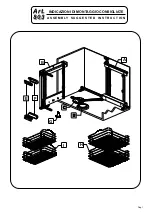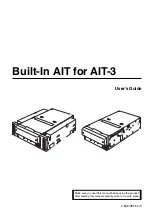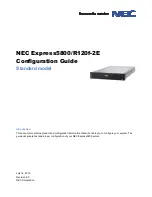Summary of Contents for SPARCstation 4
Page 13: ...Figures xiii FIGURE B 11 Keyboard Mouse Connector B 8 FIGURE B 12 13W3 Video Connector B 9 ...
Page 14: ...xiv SPARCstation 4 Xterminal 1 Service Manual January 1995 ...
Page 20: ...xx SPARCstation 4 Xterminal 1 Service Manual January 1995 ...
Page 28: ...1 8 SPARCstation 4 Xterminal 1 Service Manual January 1995 ...
Page 40: ...2 12 SPARCstation 4 Xterminal 1 Service Manual January 1995 ...
Page 50: ...3 10 SPARCstation 4 Xterminal 1 Service Manual January 1995 ...
Page 60: ...4 10 SPARCstation 4 Xterminal 1 Service Manual January 1995 ...
Page 114: ...9 28 SPARCstation 4 Xterminal 1 Service Manual January 1995 ...
Page 118: ...10 4 SPARCstation 4 Xterminal 1 Service Manual January 1995 ...
Page 152: ...11 34 SPARCstation 4 Xterminal 1 Service Manual January 1995 ...
Page 158: ...12 6 SPARCstation 4 Xterminal 1 Service Manual January 1995 ...
Page 172: ...B 10 SPARCstation 4 Xterminal 1 Service Manual January 1995 ...



































